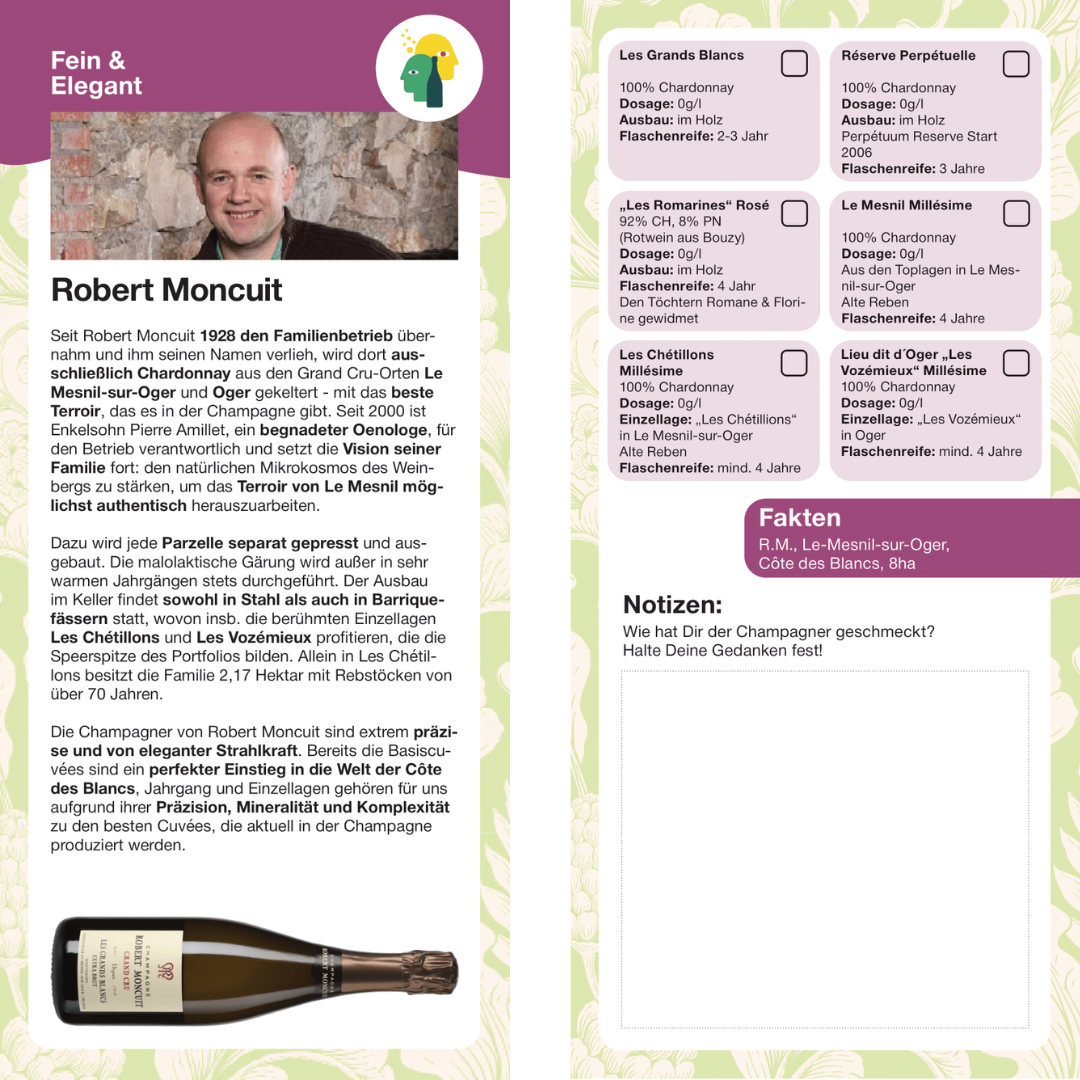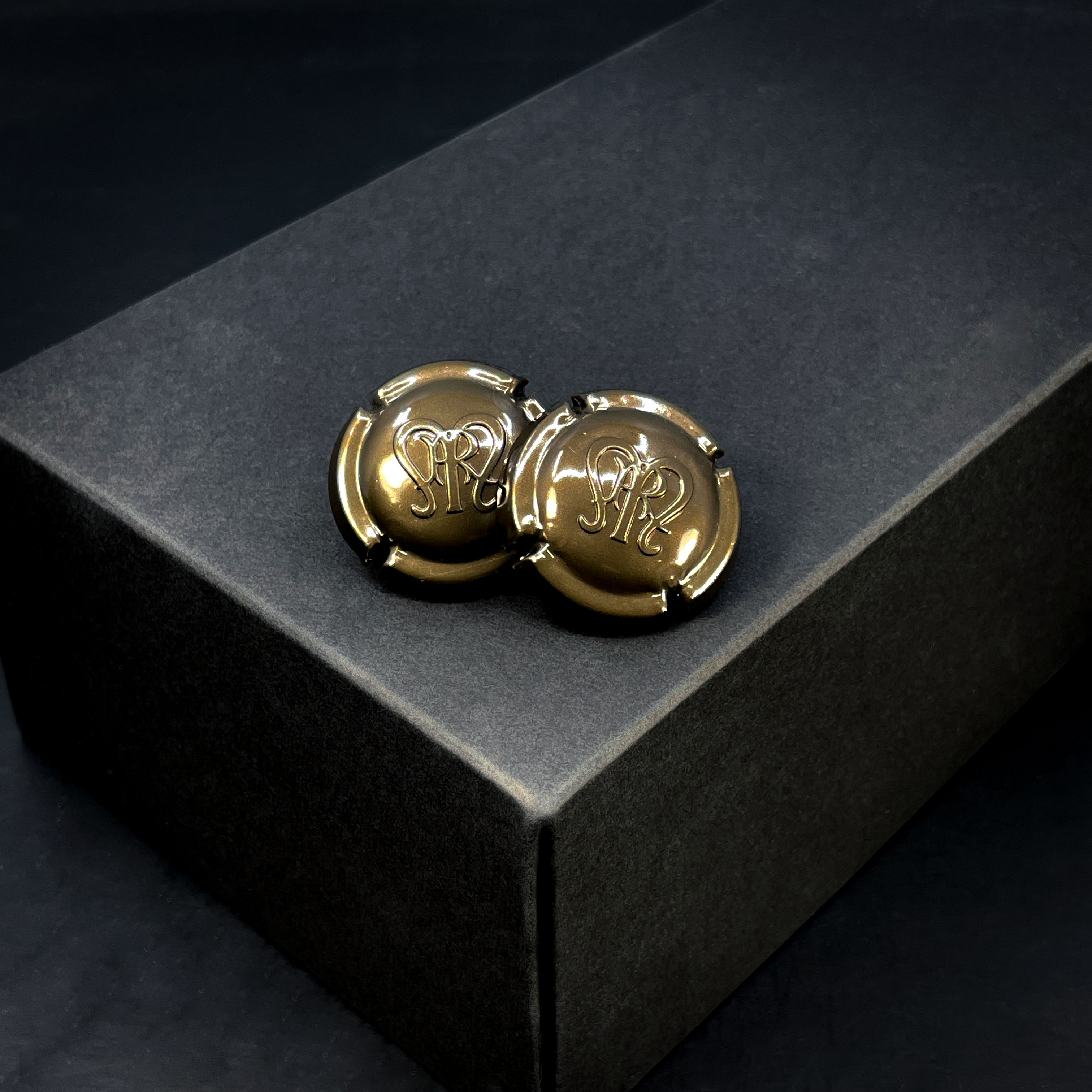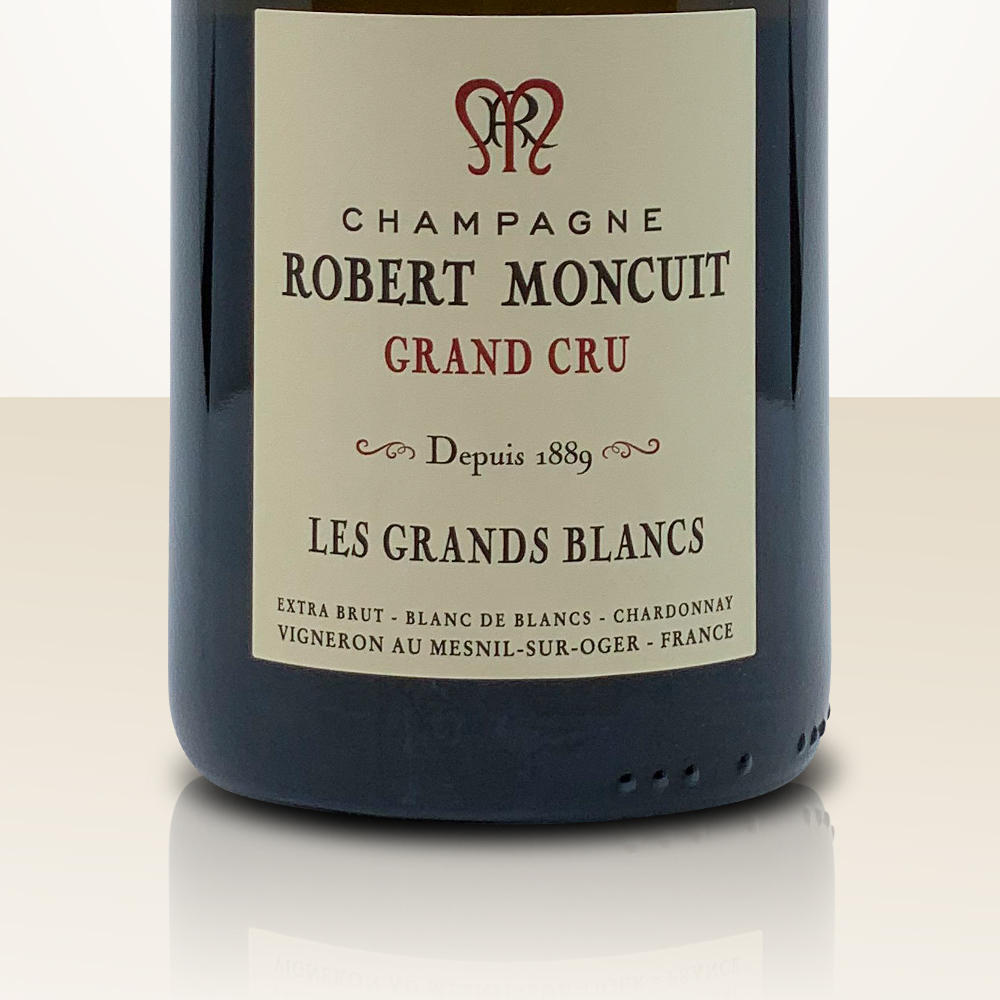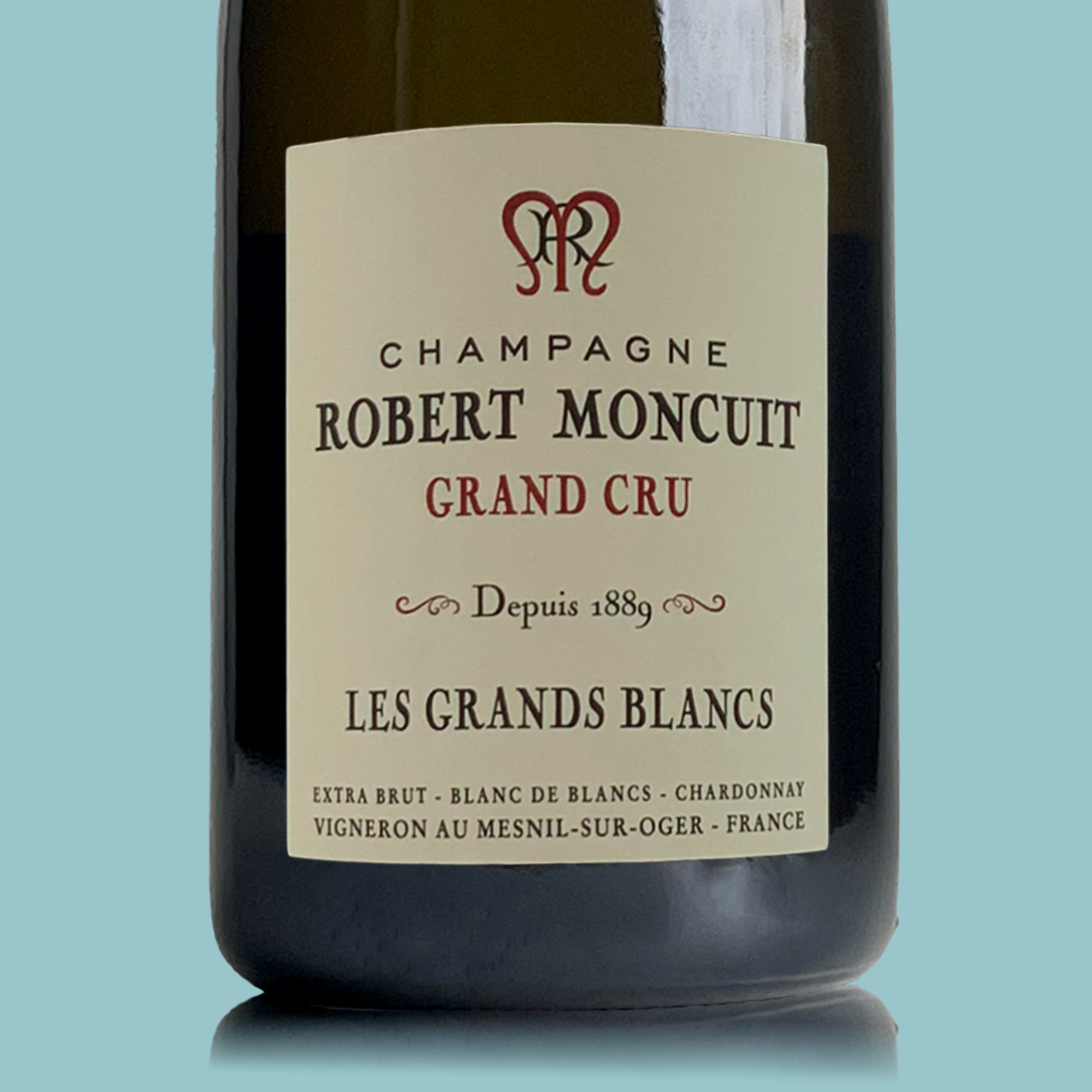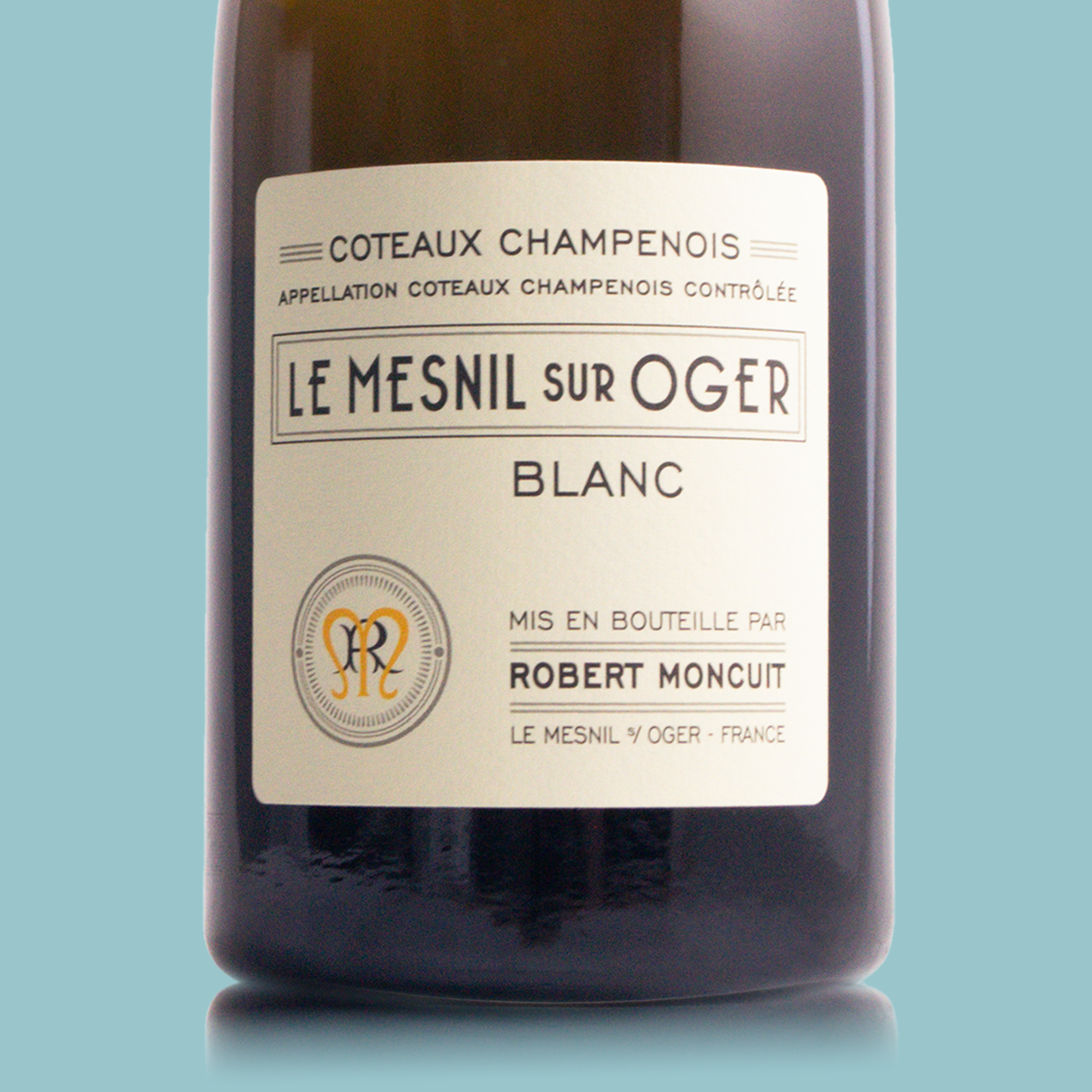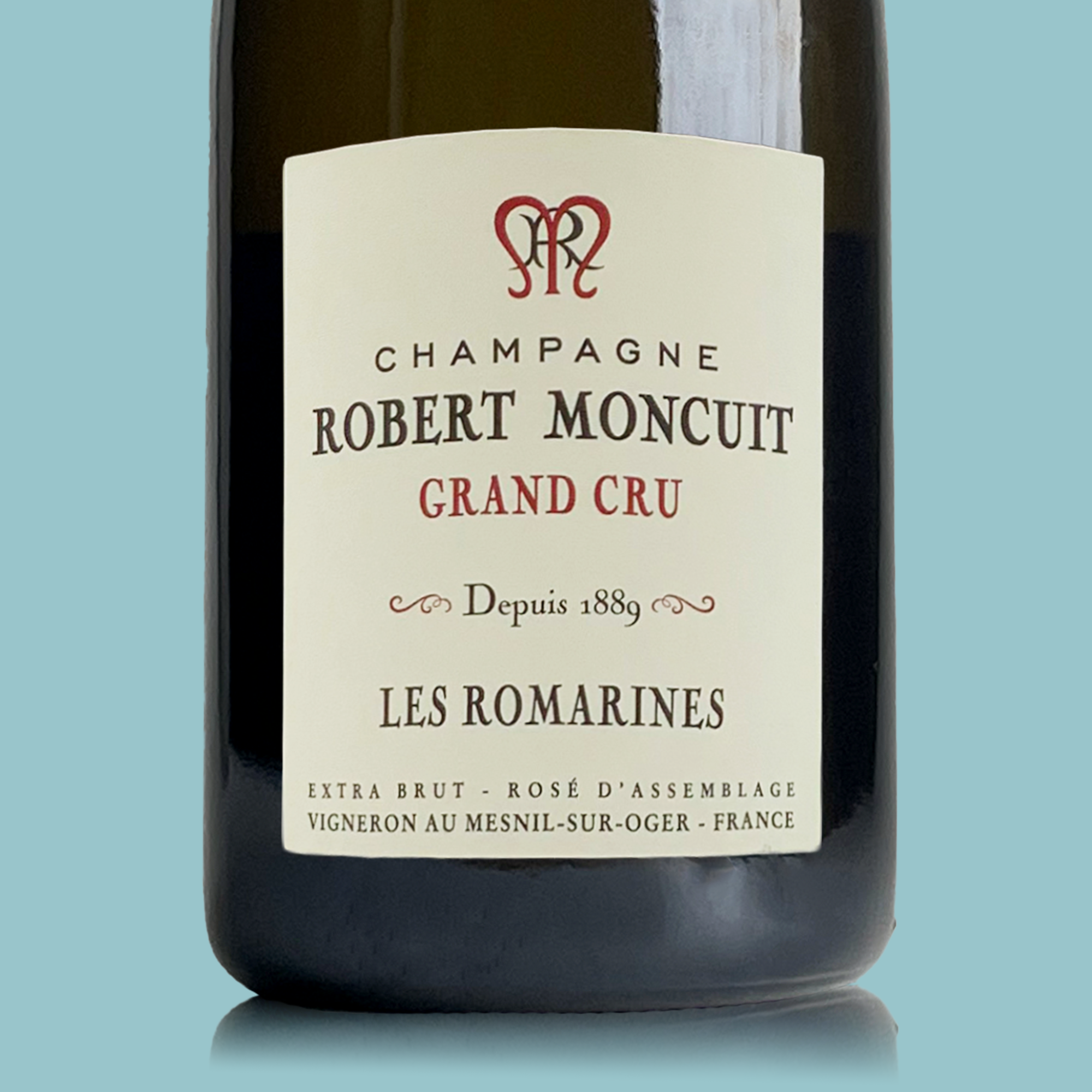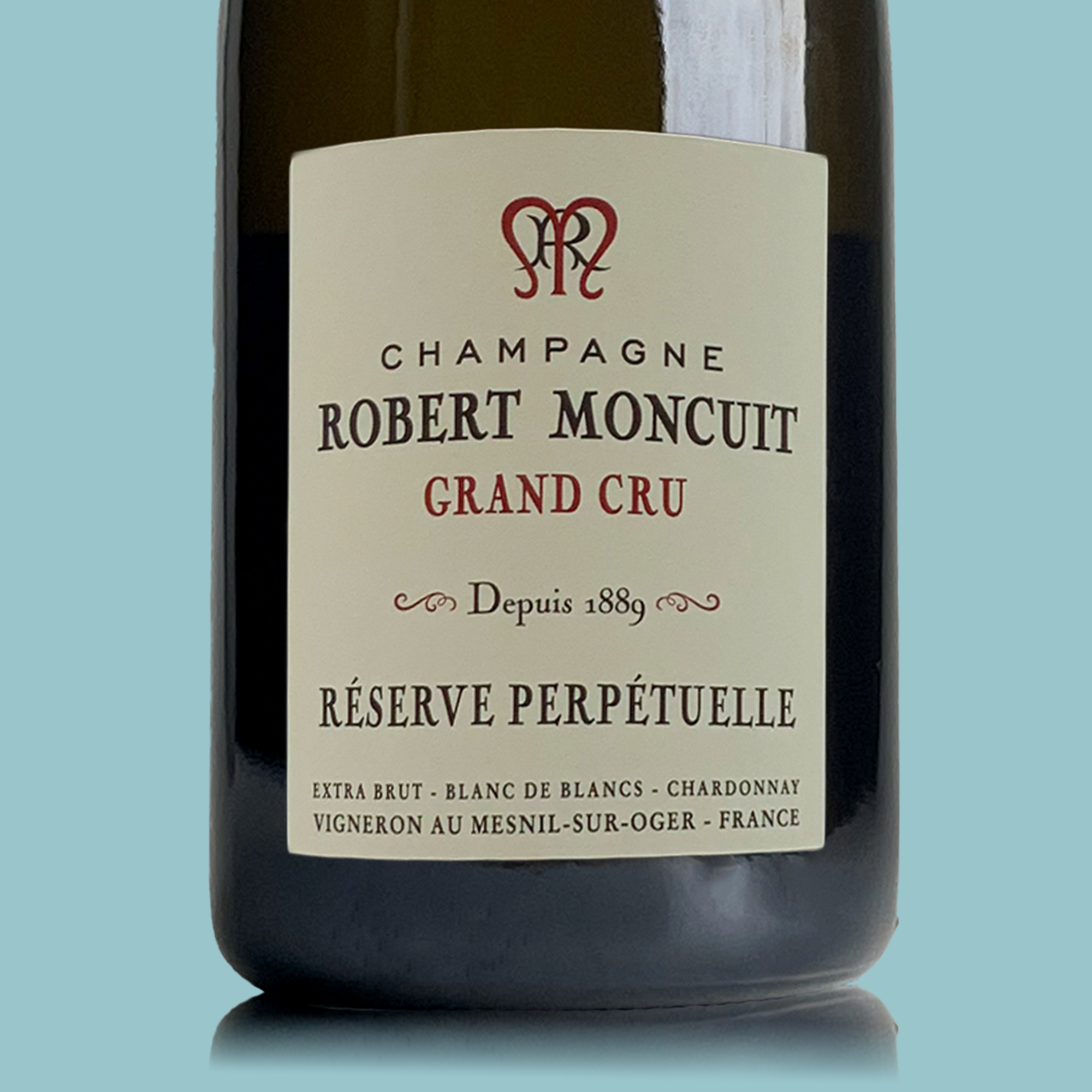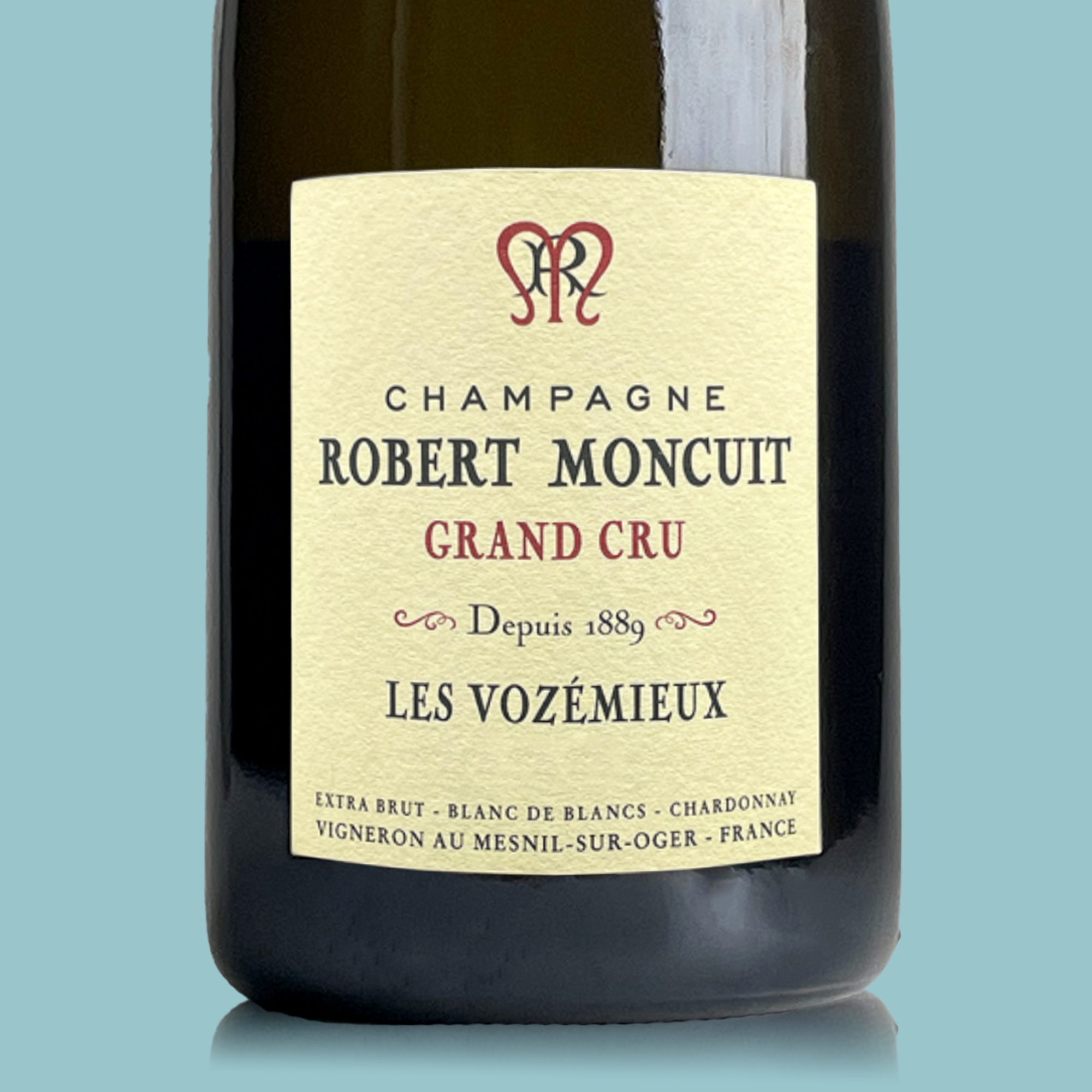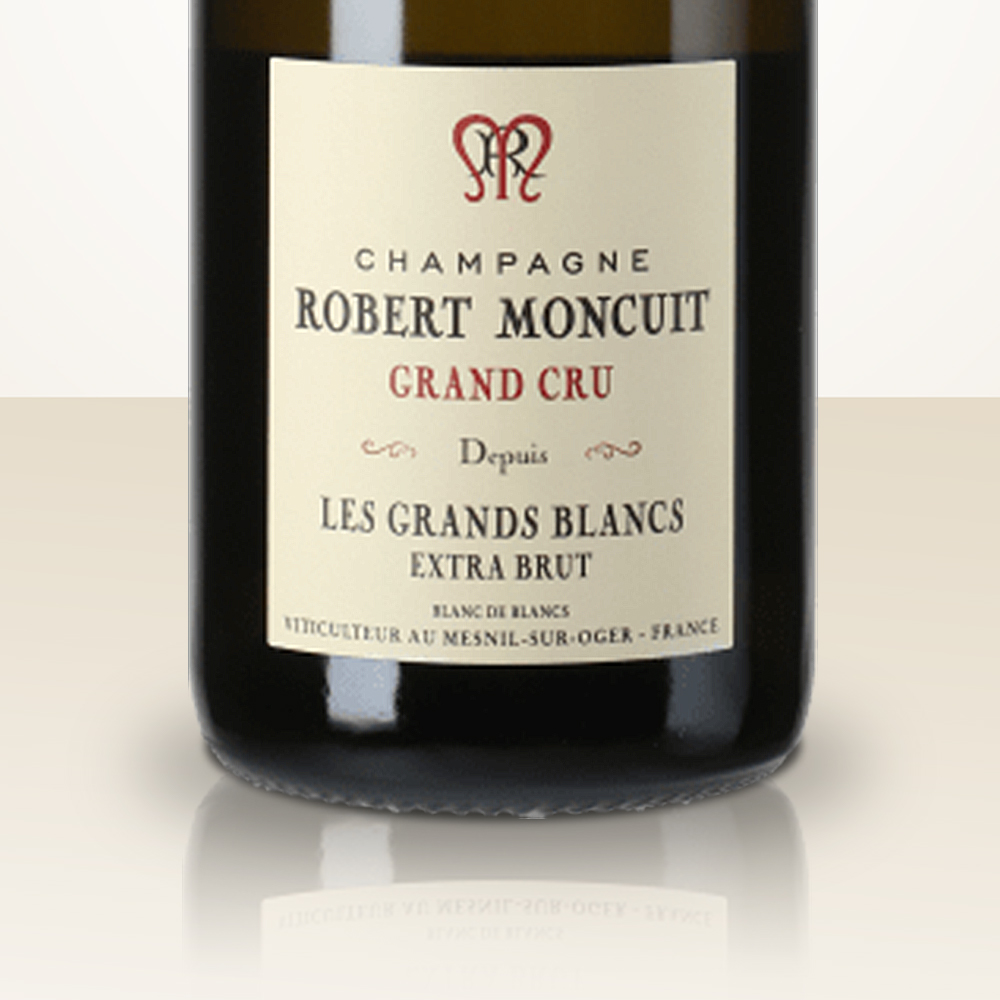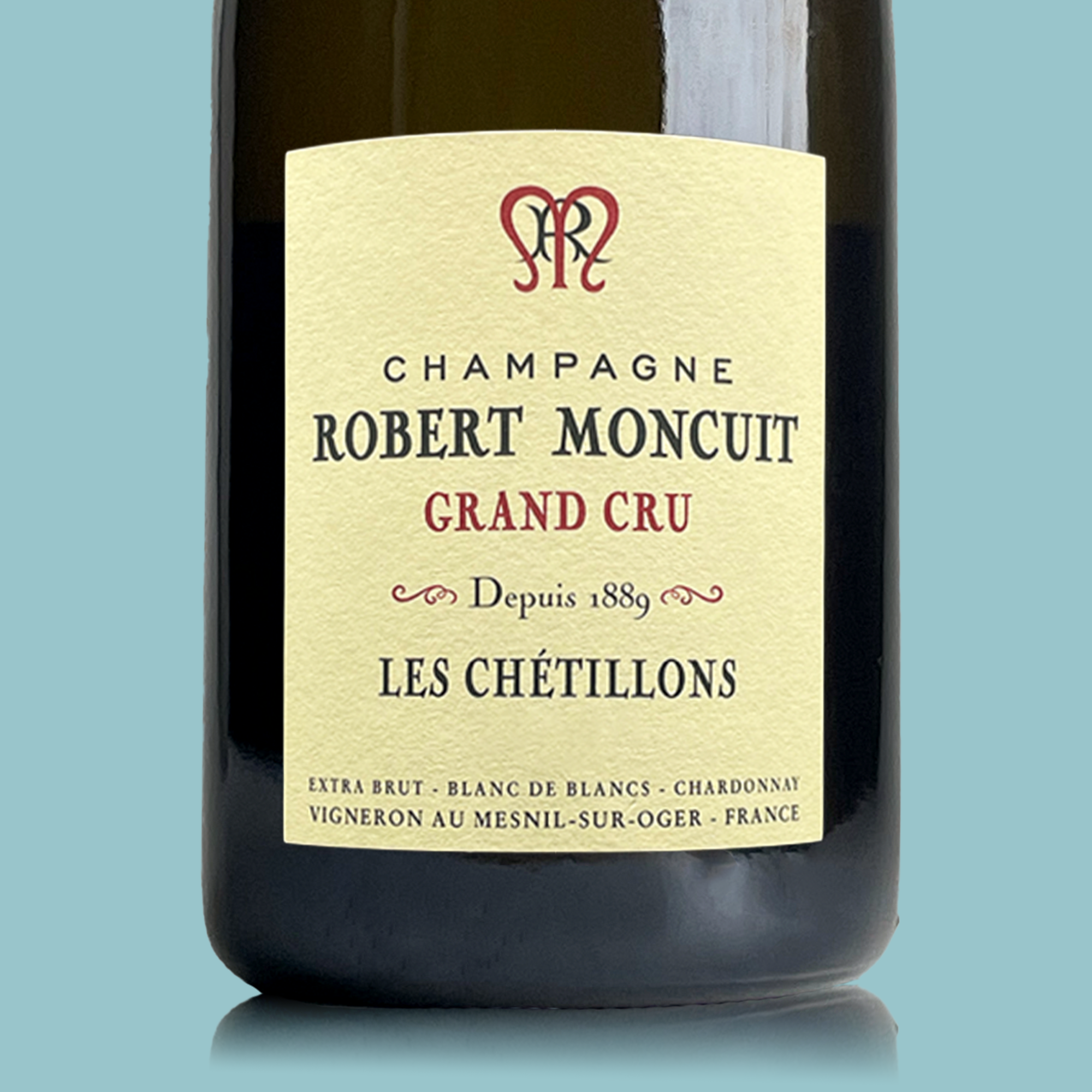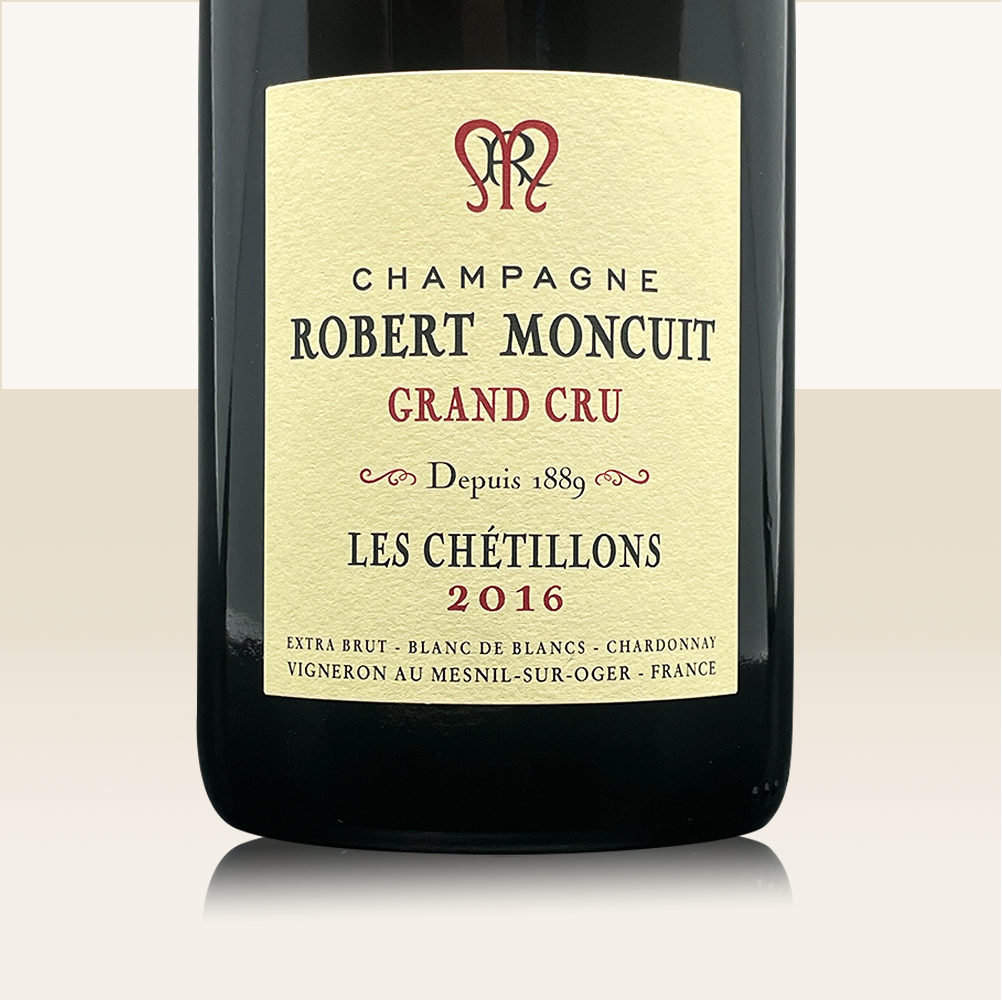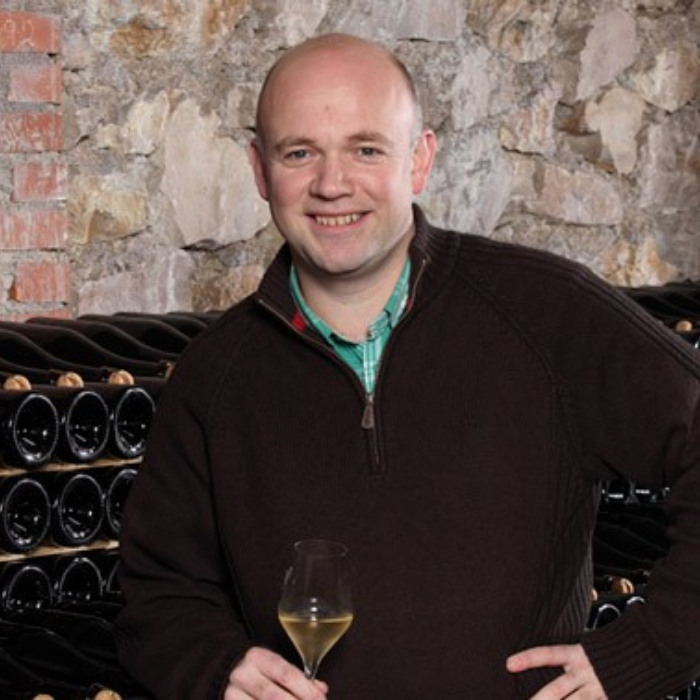
Since Robert Moncuit took over the family business in 1928 and gave it his name, it has exclusively produced Chardonnay from the Grand Cru sites of Le Mesnil-sur-Oger and Oger - some of the best terroir to be found in Champagne. Since 2000, grandson Pierre Amillet, a gifted oenologist, has been responsible for the business and continues his family's vision: to strengthen the natural microcosm of the vineyard in order to bring out the terroir of Le Mesnil as authentically as possible.
To this end, each parcel is pressed and matured separately. Malolactic fermentation is always carried out, except in very warm vintages. Ageing in the cellar takes place in both steel and barrique barrels, from which the famous single vineyards Les Chétillons and Les Vozémieux, which form the spearhead of the portfolio, benefit in particular. In Les Chétillons alone, the family owns 2.17 hectares with vines that are over 70 years old.
Robert Moncuit's champagnes are extremely precise and elegantly radiant. Even the basic cuvées are a perfect introduction to the world of the Côte des Blancs, vintage and single-vineyard wines are among the best cuvées currently produced in Champagne due to their precision, minerality and complexity.
Facts: R.M., Côte des Blancs, Le Mesnil-sur-Oger, 8 ha., 60,000 bottles/year, ageing in steel & wood, mainly malolactic fermentation
Content: 0.375 Liter (€76.00* / 1 Liter)
Content: 0.75 Liter (€72.00* / 1 Liter)
Content: 0.75 Liter (€72.00* / 1 Liter)
Content: 0.75 Liter (€79.87* / 1 Liter)
Content: 0.75 Liter (€85.33* / 1 Liter)
Content: 0.75 Liter (€111.33* / 1 Liter)
Content: 0.75 Liter (€146.67* / 1 Liter)
Content: 1.5 Liter (€76.00* / 1 Liter)
Content: 0.75 Liter (€158.67* / 1 Liter)
Content: 1.5 Liter (€89.33* / 1 Liter)
Content: 0.75 Liter (€206.67* / 1 Liter)
Content: 1.5 Liter (€118.67* / 1 Liter)
Content: 1.5 Liter (€140.00* / 1 Liter)
Content: 1.5 Liter (€171.33* / 1 Liter)
Content: 3 Liter (€92.00* / 1 Liter)


